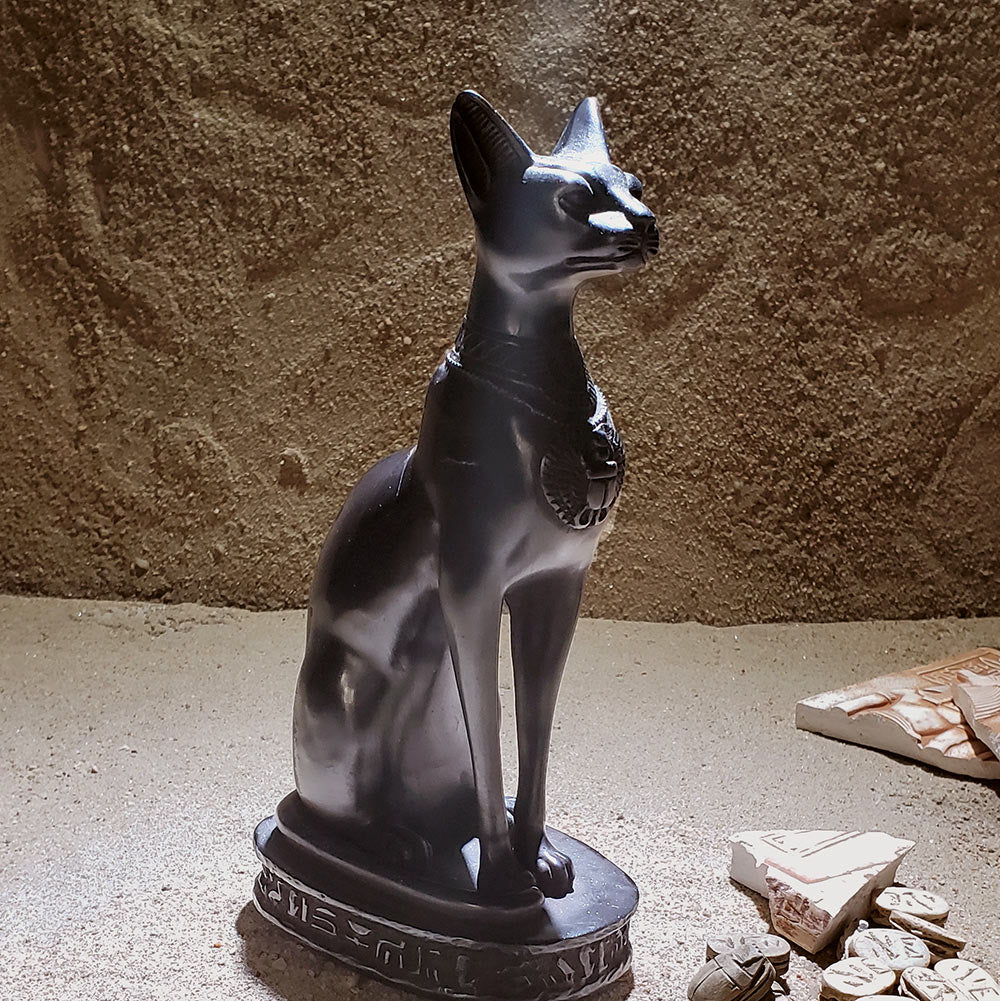Unveiling the Past: A Visit to the Grand Egyptian Museum in Cairo
Cleopatra: The Last Pharaoh and Her Legacy
Why the Citadel Saladin Should Be on Your Cairo Itinerary
Exploring Ancient Egyptian Cosmetics
Visiting the National Museum of Egyptian Civilization
Exploring the Tomb of Ramose in Ancient Thebes
Exploring the Ancient Marvels: A Journey to Memphis, Egypt















